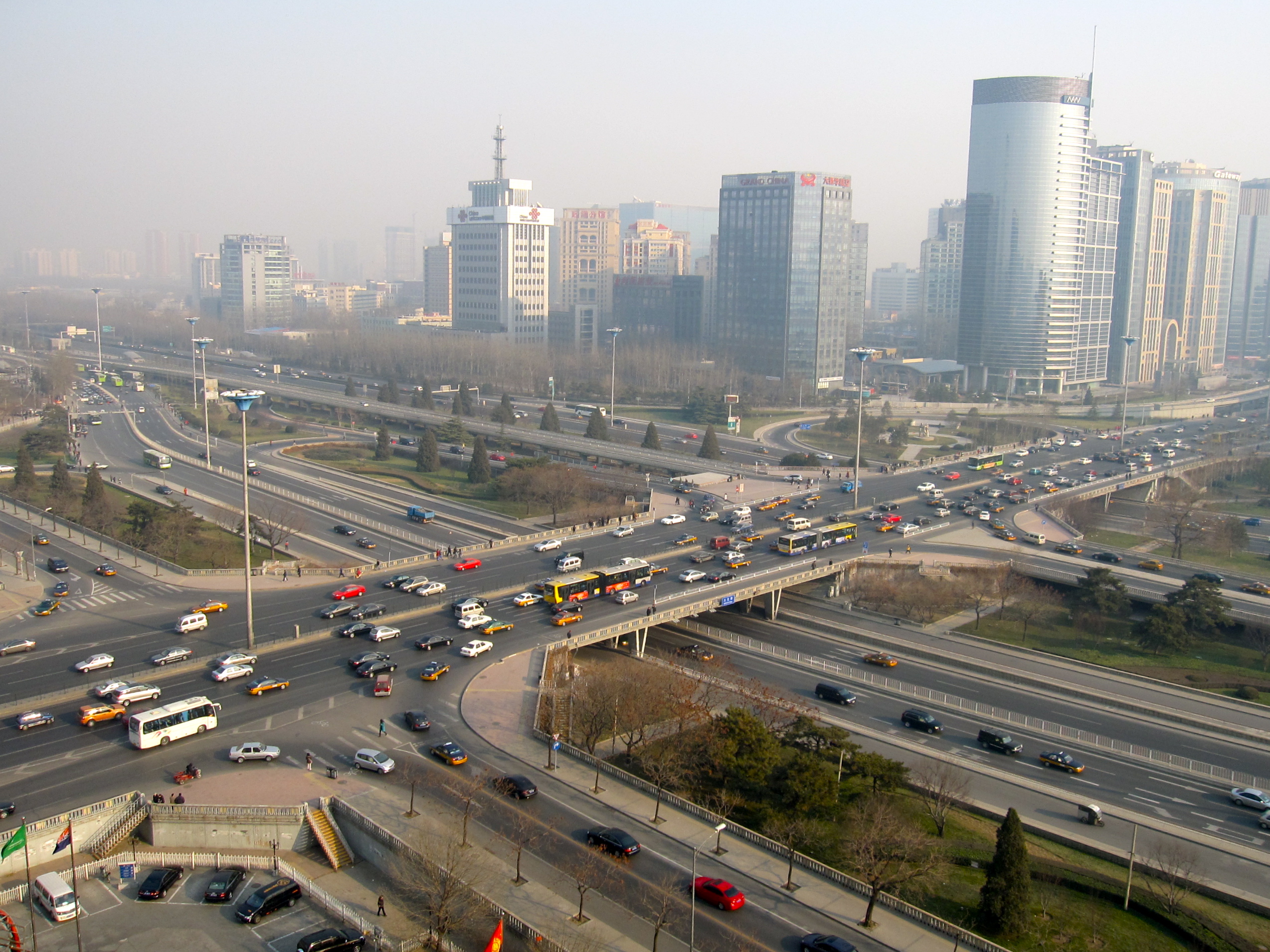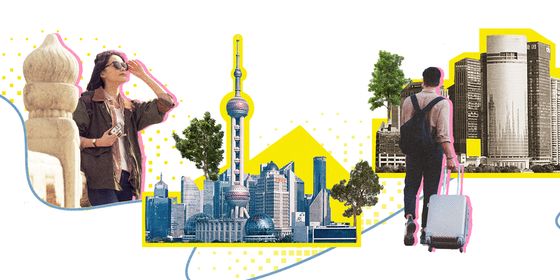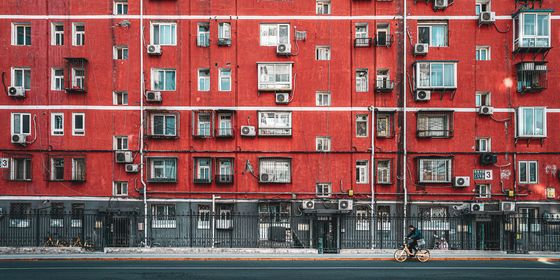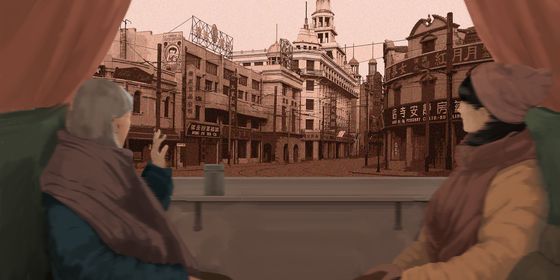Jing-Jin-Ji: Three cities combined in massive urban project
Imagine yourself standing in the middle of a megalopolis 137 times bigger in size than London. This is what it would be like to visit China’s planned mega-city of Jing-Jin-Ji.
Jing-Jin-Ji, which stands for Beijing, Tianjin, and Hebei (referred to as the Ji prefecture in ages past), is a massive economic and urban development project proposed by the Chinese government that attempts to bring together more than 130 million people through intercity high-speed railroads and motorways. That’s about a third of the U.S. population, commuting by train in one hour what they would normally do by car in three.

Tianjin (left) and Beijing at night [Wikicommons]
But the truth is that the more than 212,000 square kilometers that Jing-Jin-Ji plans to cover won’t actually look city-like by 2050, its planned deadline. You won’t be standing in an urban dreamland where neon lights over high-tech superstructures will flash your eyes over hundreds of kilometers. At least not for a very long time.
The project, though, will bring together four important factors in the development of Northern China.
- The political and cultural influence of Beijing, as it is planned that the city will remain the capital of the country.
- The connection to two of the major industrial hubs in Northern China: one is the Port of Tianjin, one the busiest trading ports in Asia. The other is Tianjin Free Trade Economic Zone (the only free trade zone in Northern China), both in the municipality of Tianjin.
- Manufacturing and wholesale trading in northern Hebei, as the region hosts most of factories that process raw materials in the country. In fact, it has been said that connecting this area with Beijing and Tianjin could help enforce better and stricter environmental policies to reduce air-pollution throughout the Jing-Jin-Ji area.
- The recently announced Xiongan New Economic Zone (three times the size of New York City) that will be constructed in Hebei, south of Beijing. This Special Economic Zone is expected to be very influential in China’s economy; its most ardent boosters are already calling it a future competitor to Shanghai and Shenzhen’s zones. When it was announced last Saturday, real estate prices went up so quickly, that the government had to suspend property sales the next day.
Jing-Jin-Ji seems promising to Beijingers, not only because it might finally give them some “breathing room” as the city is relieved both from air-pollution and overcrowding, but because the project has received positive feedback regarding on-the-ground results. While Jing-Jin-Ji is part of a long-term development project itself that is planned to take place over a 100-year period, in combination with the Yangtze River Delta Economic Zone (an urban project led by Shanghai Pudong, similar to the building of Shenzhen in the 80s but bigger) and the One Belt One Road project, China is already the leading world in building high-speed train railroads.

Beijing [Wikicommons]
Jing-Jin-Ji promises to improve Northeastern Chinese living standards through five strategic goals: streamlining education (namely no longer cross provincial borders to access universities), healthcare, transport, environment, and human resources. Although some analysts say that the central government might relocate many state-owned enterprise head offices and universities in Xiongan, how this will happen is still unclear.
Cover photos from Baidu, Ctrip, and hebnews.cn












